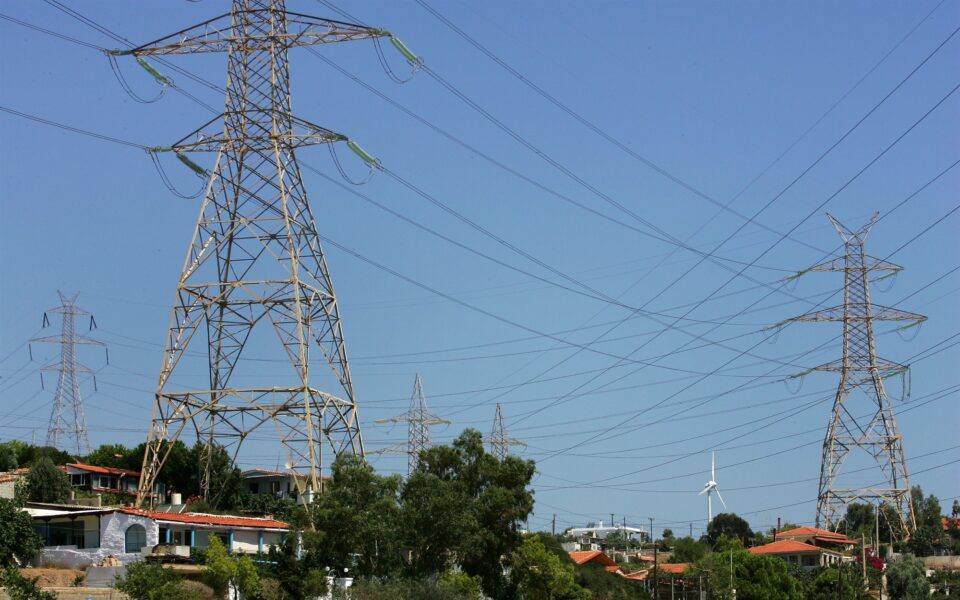Contingency plan for energy
RAE may resort to asking businesses and consumers to contain electricity consumption

The first quarter of 2023 will determine whether Greece can function without Russian natural gas.
The period from January 1 to March 31, 2023 is seen as the most critical in the event of a complete halt of Russian gas and constitutes the basic, worst-case working scenario of the Regulatory Authority for Energy (RAE) in the Preventive Action Plan it presented on Friday for public consultation.
Even with international interconnections fully available and all available lignite units in operation, as well as the five natural gas units that can run on diesel (with or without the operation of the new Ptolemaida 5 unit), the effects on the country’s power system will range, according to RAE, “from significant to catastrophic.”
A natural gas shortfall of between 1.9 and 4.2 terawatt-hours will be the result of a Russian cut-off, which cannot be covered without reducing demand for natural gas as well as electricity, since electricity generation relies on natural gas for more than 40%.
This deficit arises without factoring in the 15% reduction in consumption being proposed by the European Union, as Greece is opposing the plan and RAE did not include it in its calculations. This reduction corresponds to 8.4 TWh per year.
First businesses and then consumers will be asked to help curb demand. In fact, RAE proposes to draw up a list of companies that, based on the European guidelines, can be exempted from the obligation to reduce energy consumption, setting general categories of criteria, which will be handed over to power grid operator DESFA. Interested companies should submit a request for exemption by September 1.
Also, by September 30 at the latest, grid managers DESFA and DEDDIE should submit to RAE proposals for awareness campaigns informing consumers on the prudent use of natural gas and electricity, with instructions to limit consumption by category (public buildings, offices, residential consumers, commercial, etc.), which will be accompanied by working examples of estimating the rate of expected reduction in demand.





